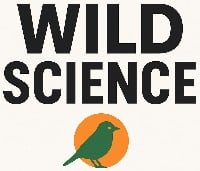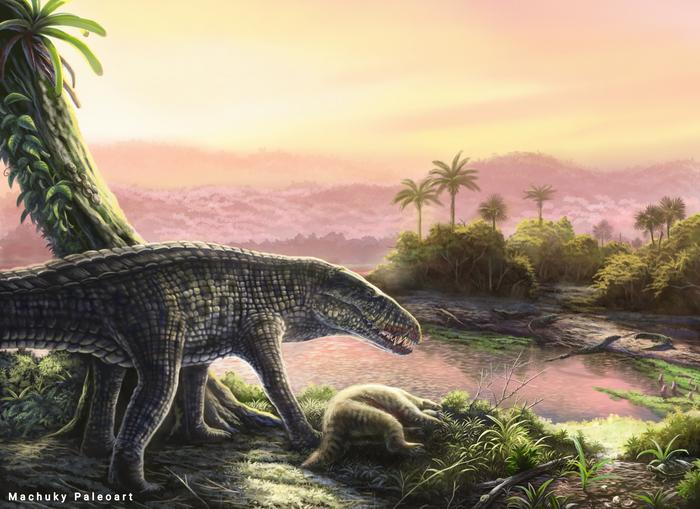Imagine this: you’re on a beach vacation in the Dominican Republic about 5 million years ago. As you wander inland, you suddenly freeze. Something is watching you. Something big. It’s not hiding in the water like modern crocodiles. It’s standing tall on four powerful legs, built for chasing prey on land. With razor-sharp serrated teeth and reaching up to 20 feet long, this nightmare creature dominated the Caribbean islands for millions of years – and scientists just found its fossils!
This beast was a sebecid (pronounced “seh-BEH-sid”), a cousin of crocodiles but way more terrifying because it hunted entirely on land. Think of it as “a crocodile built like a greyhound” – that’s how paleontologists describe these predators that seemed to combine the worst parts of crocodiles and dinosaurs.
“That emotion of finding the fossil and realizing what it is, it’s indescribable,” said Lazaro Viñola Lopez, who was a graduate student when he helped uncover these remains.
The story began about 30 years ago when scientists found mysterious teeth in Cuba. These 18-million-year-old teeth had serrated edges perfect for slicing through meat. Later, another tooth turned up in Puerto Rico, this one even older at 29 million years. But without more evidence, scientists couldn’t be sure what creature these teeth belonged to.
Everything changed in 2023. Researchers found another tooth in the Dominican Republic – but this time, it came with two vertebrae (backbone bones). Though it wasn’t much to go on, it was enough to confirm: sebecids once ruled Caribbean islands!
This discovery completely changes what we thought about Caribbean history. Scientists used to believe these islands never had large predators. That’s why many unique island animals evolved there – when big predators are missing, strange things happen. Birds lose their ability to fly (they don’t need to escape predators), and prey animals lose their defenses.
Today’s Caribbean ecosystems follow this pattern. The top predators are mostly birds of prey and smaller reptiles. But these sebecid fossils reveal a shocking plot twist – large land predators DID exist there long ago!
“You wouldn’t have been able to predict this looking at the modern ecosystem,” said Jonathan Bloch from the Florida Museum of Natural History. “The presence of a large predator is really different than we imagined before.”
The discovery might also solve another mystery: how did these land-based hunters even reach the islands? Swimming across open ocean would have been impossible for them. This supports a theory called the GAARlandia hypothesis – the idea that temporary land bridges or island chains once connected South America to the Caribbean, allowing animals to migrate.
Finding fossils in the Caribbean is super challenging. Unlike the dry deserts where many dinosaur fossils are found, the Caribbean’s humid climate quickly erodes exposed rocks. Plus, modern forests cover many potential fossil sites.
The sebecid fossils were only found because road construction crews were cutting through hillsides. “Outcrops don’t last too long, so you go there when you can,” Viñola-Lopez explained. “When they’re cutting the road or a few months after that, you find the fossils. If you’re looking in a few years, it will be gone.”
What’s even more mind-blowing is that these Caribbean sebecids survived at least 5 million years after they went extinct in South America! Islands often become safe havens for ancient species – like a real-life Jurassic Park where extinct creatures hold on longer than anywhere else.
The research team published their findings in the scientific journal Proceedings of the Royal Society B. As more discoveries emerge from the Caribbean, scientists believe this is just the beginning. As Viñola-Lopez put it: “The sebecid is only the tip of the iceberg.”
So next time you’re chilling on a Caribbean beach, take a moment to imagine these ancient predators that once roamed these paradise islands. Just be glad they’re not around for your vacation!
Discover more from Wild Science
Subscribe to get the latest posts sent to your email.

